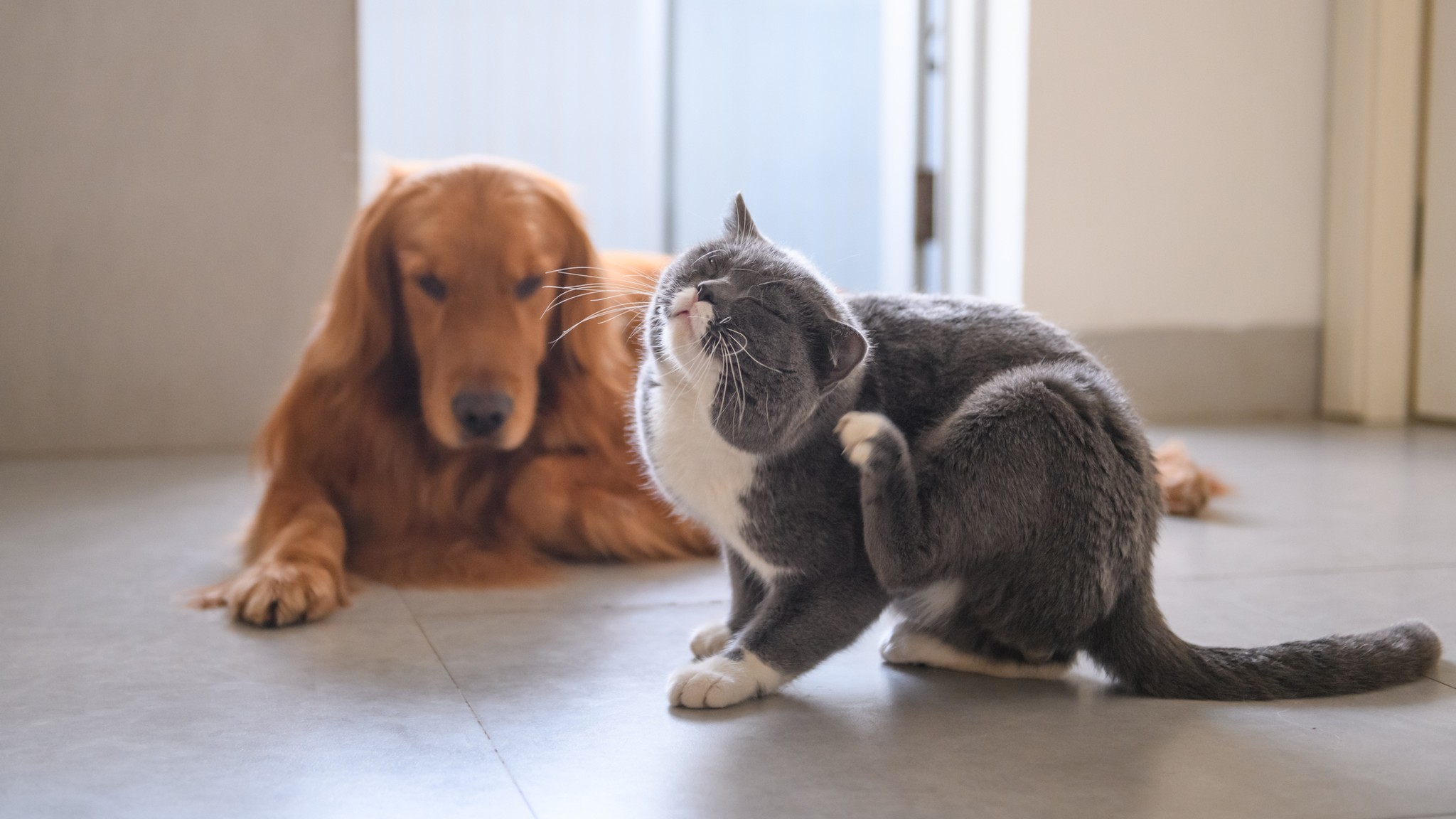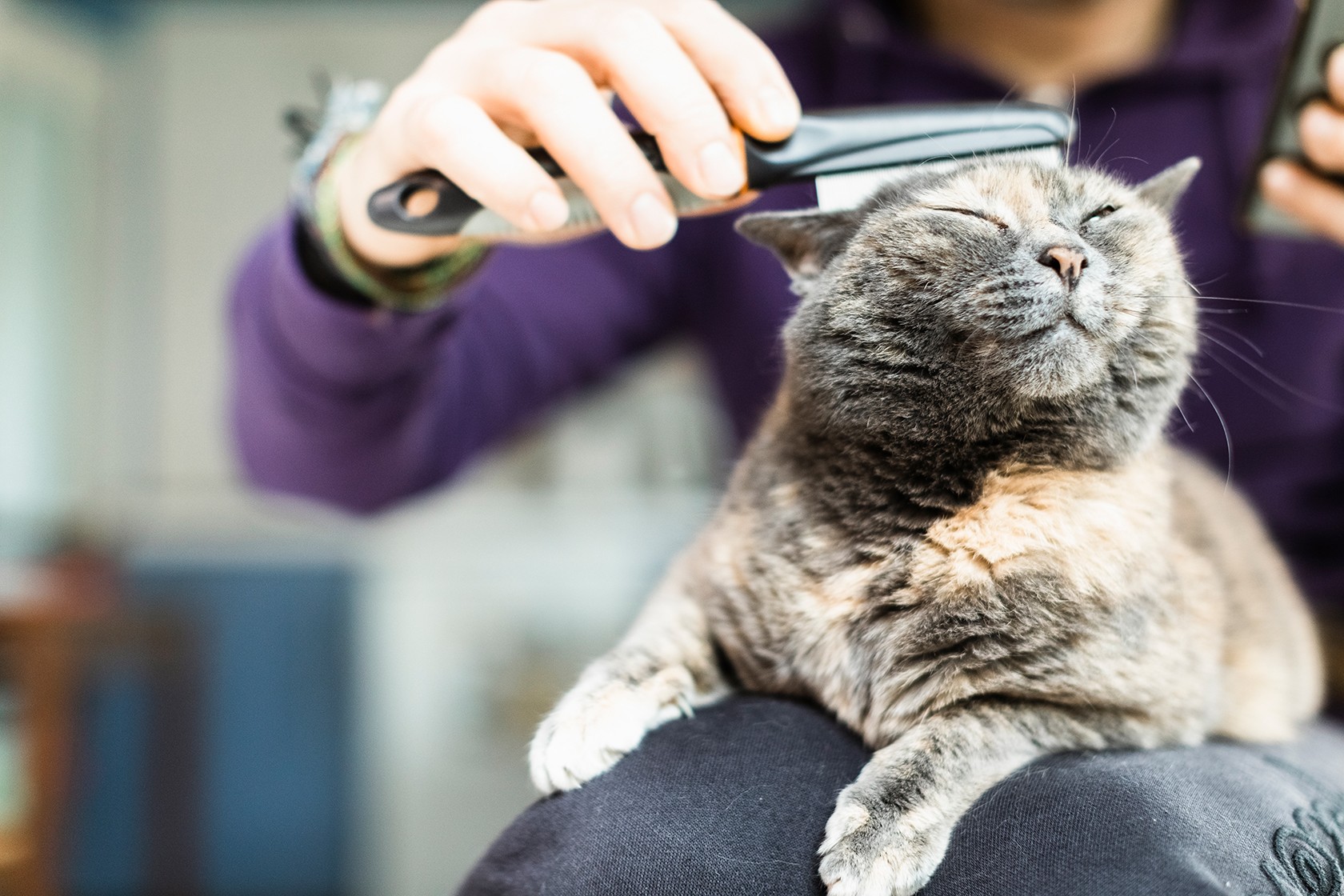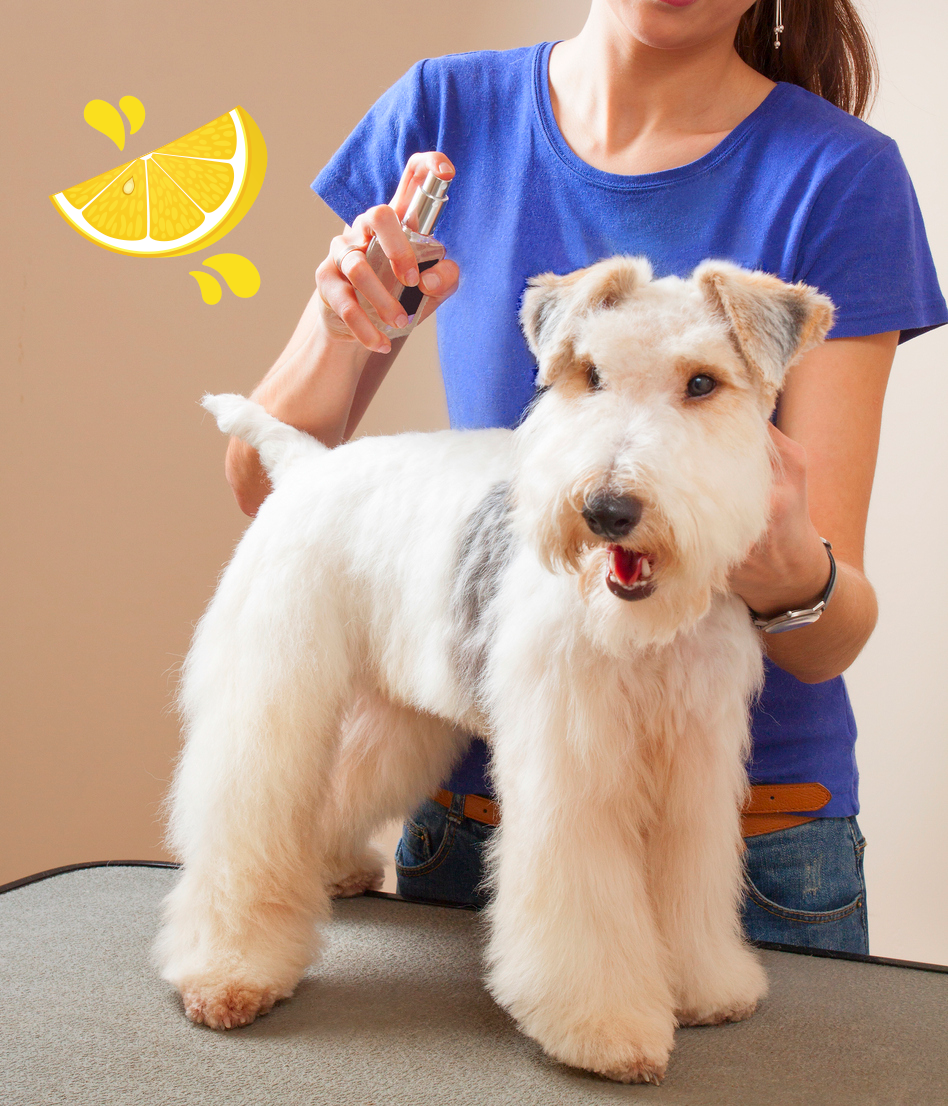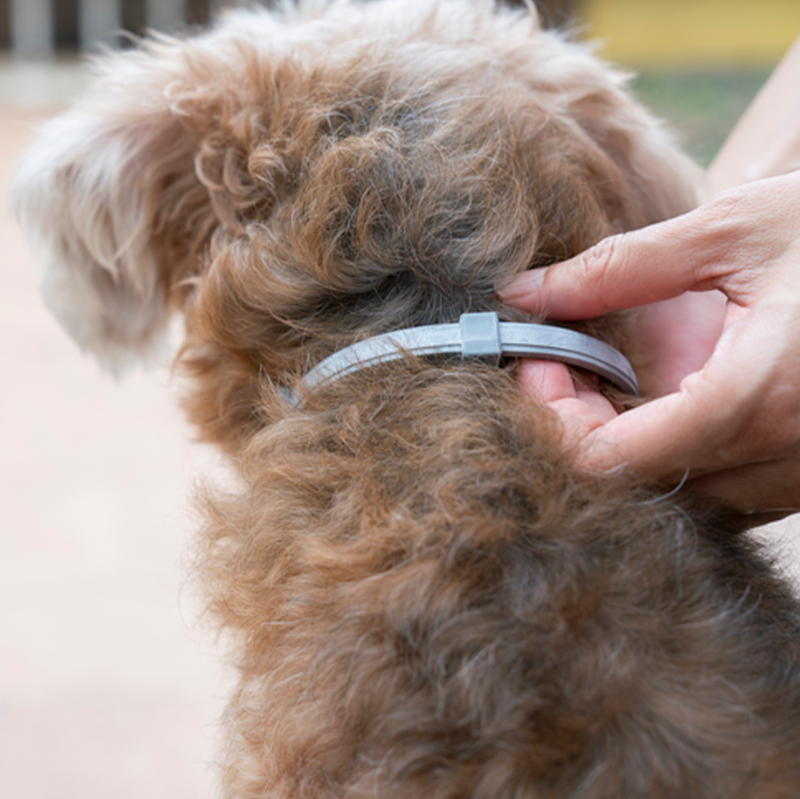8 Natural Ways to Prevent Fleas and Ticks
Written by GCP
Updated March 29th, 2021 | 10 Minute Read
Who doesn’t hate those disgusting blood-sucking parasites? While you love your pets, one of the downsides of ownership is the potential for unpleasant flea and tick infestations. And once they’ve set up shop in your pet’s coat, getting rid of them can feel like an uphill battle.
Not only are commercial flea collars harmful to your pets, when your kids and other family members play with them, they’re also being exposed to toxic pesticides and other chemicals.
That’s why it’s more important than ever to take preventative action before fleas and ticks rear their loathsome microscopic heads and make themselves at home on your cat or dog.
Toxic flea collars, powders and sprays should only be used as a last resort. The goal of natural flea protection is to prevent infestation and maintain happy, itch-free pets. The good news is there are many non-toxic alternatives to keeping your furry friends and household free from pests and dangerous chemicals. Take a look at the best ways to prevent fleas and ticks naturally, so you don’t have to go straight to collars and chemicals…
Bathe Your Pets And Pet Bedding Each Week
While bathing your pets may seem obvious, many people overlook the importance of proper pet hygiene to keep fleas and ticks at bay. Fleas are less attracted to clean pets, which is another reason why frequent bathing of your dog and cat is so important. Use a natural neem or peppermint shampoo, and add 2 cups of apple cider vinegar to the warm bath water to provide even more flea protection.
And don’t neglect to clean your pets’ bedding! Washing their bedding regularly in hot water with a mild detergent will eliminate flea eggs and larvae.
Use a Flea Comb Each Day
Using a fine flea comb not only helps to prevent flea infestation, but also removes existing pests. Dead pet hair on the floor provides the perfect hiding spot for ticks, and a lush breeding ground for fleas. For the best results, comb your furry friends’ stomach, tail and face, which is where pests typically hang out in the largest numbers. Combing also provides you with the ability to find and remove any recent ticks.
Diatomaceous Earth
Diatomaceous earth is a calcium dust that’s ground from single-cell ocean organisms. To keep fleas away from your home, apply it to your yard, walkways, garden and other places where your pets hang out. Only use food-grade (natural) diatomaceous earth, not swimming pool grade. Diatomaceous earth dries out and destroys the fleas’ breathing organs, and kills flea larvae.
You can also sprinkle it on carpets and furniture throughout your home. But use care when applying. Avoid use if anybody in your family is asthmatic or has respiratory conditions. When handling it indoors, wear a mask and try to apply it close to the carpet surface to prevent airborne dust. One day after application, vacuum thoroughly to remove any residue.
Make a Lemon Flea Repellent Spray
Here’s a terrific non-toxic flea repellent spray for your pet that’s much safer than commercial treatments, and surprisingly effective.
Here’s what to do:
- Cut a lemon into quarters
- Toss it into some boiling water
- Let it steep overnight
- Put the mixture in a spray bottle
- Apply it to your pet every day!
You can also sponge this concoction directly onto your pet’s coat. Avoid their eyes while spraying, and remember to target behind their ears, around the tail and under the legs.
Apple Cider Vinegar Flea Deterrents
Another wonderful do-it-yourself natural flea repellent spray is made with apple cider vinegar. It’s easy to prepare and poses no risk to your pets’ health.
All you need to do is mix equal parts apple cider vinegar and water. Put this mixture in a spray bottle and frequently spritz it on your dog or cat pet. It’s recommended that you also spray the mixture on their bedding, too. You can make this apple cider spray even more powerful by adding a few drops of essential oils that are distasteful to fleas, such as lemongrass, neem and catnip oil.
To deter fleas and ticks from the inside out, add apple cider vinegar to your pet’s food. Use 1 teaspoon of apple cider vinegar per every 20 pounds of your pet.
The Flea-Busting Power of Coconut Oil
Why is coconut oil such an effective flea repellent? It’s packed with lauric acid, which is coconut oil’s “secret ingredient” that deters both fleas and ticks. It’s also great for providing your cat or dog with healthy skin and coat!
If your pet already has fleas, you can dip your hands in coconut oil and massage them deep into your pet’s coat, working all the way down to the skin. Next, take a fine flea comb and comb it through the fur. The coconut oil will cause the fleas to stick to the comb, and the rest will be repelled by the coconut oil and jump off!
Brewer’s Yeast
Both fleas and ticks have an aversion to the vitamin thiamine, which is abundant in brewer’s yeast. Thiamine is a member of the B vitamin group, and is a non-toxic way to repel fleas and ticks, and also boost your cat or dog’s immune system. When your pet consumes brewer’s yeast, it ingests thiamine and later exudes it through its skin. Fleas are repelled by the taste and odor.
We recommend you use 1mg per 5 lbs. of body weight in your pet’s food. You can also help keep fleas away from your dog or cat by rubbing brewer's yeast directly into their coat.
An Effective All-Natural Flea Control Supplement
If all these steps sound like a bit too much work for you, there’s an easy, one-stop solution that combines many of the above in one easy package: GCP Natural Flea Deterrent is one of the best ways to control fleas and ticks, totally chemical-free.
Unlike other pet supplements, GCP is 100% chemical free, completely safe, and effectively flea and tick prevention for pets. It only contains the purest natural ingredients that have been shown to help protect dogs and cats from pests. The best part? You’ll have complete peace of mind knowing your furry friends and family aren’t being harmed by dangerous chemicals.












